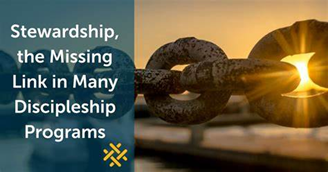WHAT
DO YOU DO IF YOU WANT PEOPLE TO GIVE?
I was reading an article the other
day and I was struck by the phrase: “if you want people to give, the last thing
to do is to seek their giving.”[1]
Instead, Matthew 6:33: seek first the kingdom.
When we “do” stewardship and ask for
financial support, we always ask for people to prayerfully consider what they
are able to give. Problem is this article goes on to say that people don’t give
out of what they have but out of what they feel they have. It all hinges on the
feeling of security or lack thereof.
So, when we start our discussions of
giving with the words “we need”, then that upsets folks’ internal sense of
security.
I have to admit, I’m not sure how
good I am at this. I do try to discuss giving to God, instead of giving to the
church, and that giving changes lives. Also, God has given us enough, but the
article says we need to focus on:
- ·
God’s
provision for our lives is enough
- ·
We
must preach this with conviction
When we are happy, we are happy to give.
When we have enough, we are happy to share.
When we believe in God’s
provision, we know that we have a loving provider.
Share your story of God’s provision
in our life, and others will feel that in their own lives as well.
Please
feel free to contact me at (315) 427-3668 or susanranous@unyumc.org
















